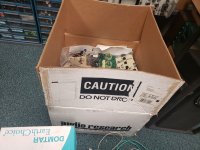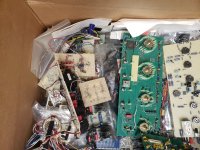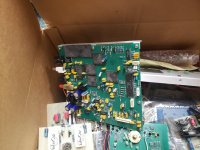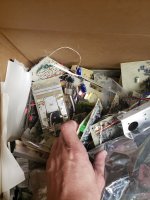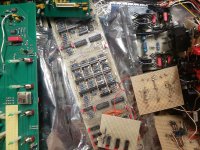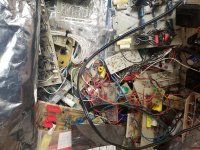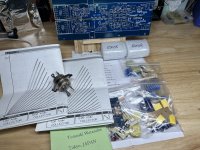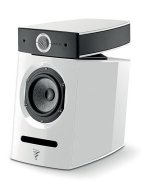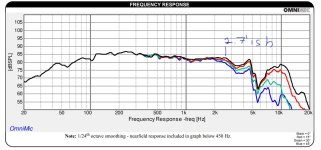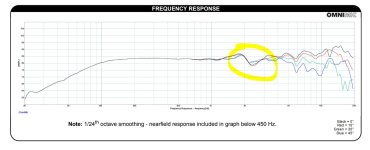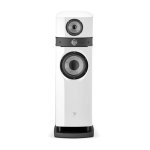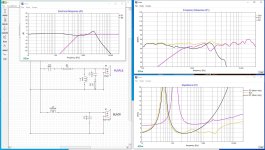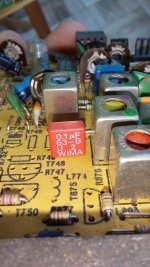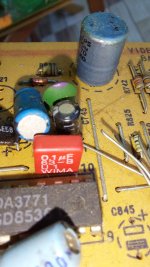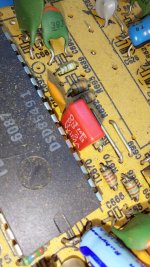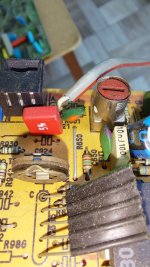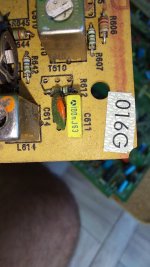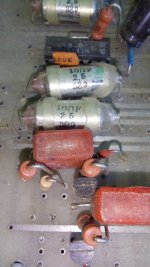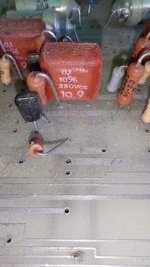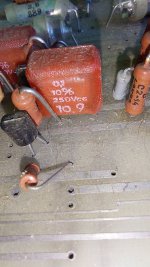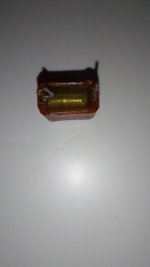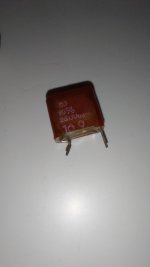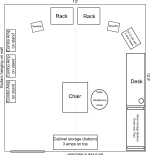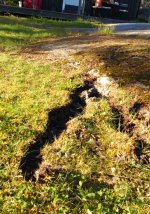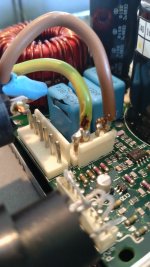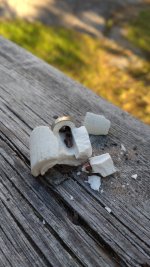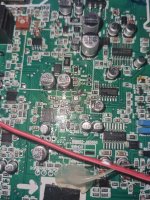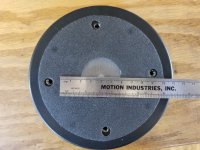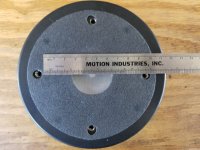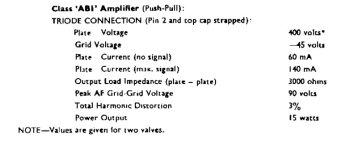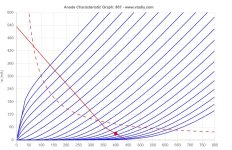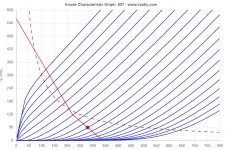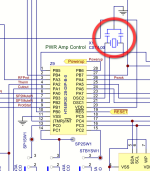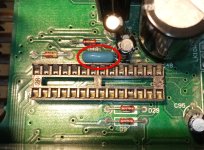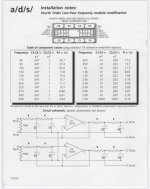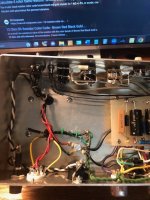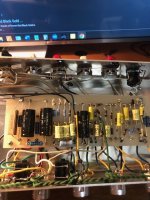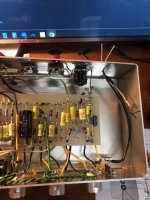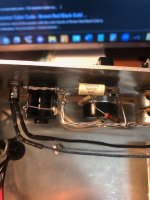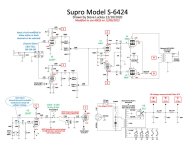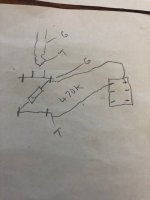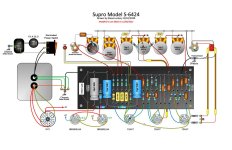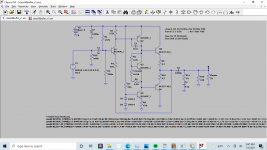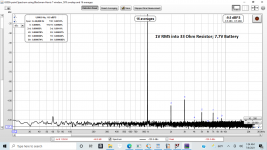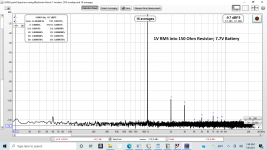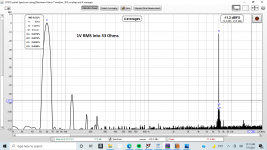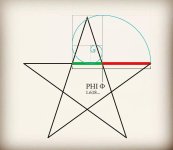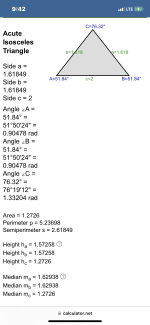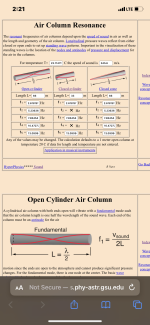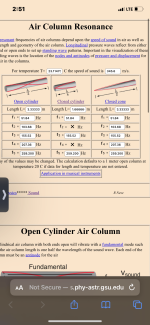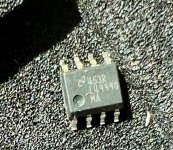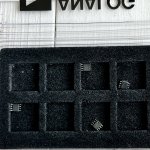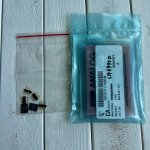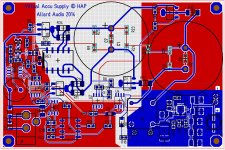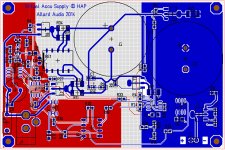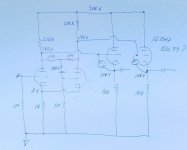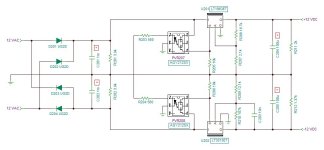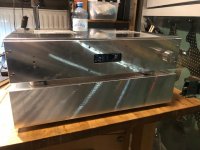Simple cigar box shop speakers with TC9FD or FE85?
- By Lingwendil
- Full Range
- 14 Replies
Hey there guys, I bought a house (!) about a year ago and have a small workshop in the back that I spend a good bit of time doing woodworking projects in. The outbuilding is not insulated, and is basically bare stud walls at this time- I'm slowly adding power outlets, and plan to insulate and put up sheetrock walls over the summer. In the meantime I wanted to throw together a pair of cheap, quick speakers to set on a shelf to run some music while working on projects.
I have a pair each of TC9FD19-08, and Fountek FE85 on hand that I can use, and have some relatively nice little cigar boxes that I was planning to use to make a couple super simple, easy bookshelf types of speakers that wont hurt my feelings if they fall over or get covered in dust. I ran a couple simulations on the speaker DB site simply because it took only a few minutes, and it looks like sealed may not be terrible, even if I am not likely to get any low bass from them- which is perfectly fine for the intended use. Cigar boxes internal dimensions are 5.5 x 4.25 x 7.125" and volume comes out to .0964 cubic feet. Walls are about 5mm. I figure that these will not be super strong, but I can add some braces and they will never need to play very loud.
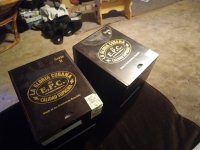
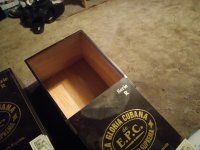
Here's a quick Speaker DB sim for each in a sealed box they look like some stuffing and back wall lining may be enough to make these servicable. The TC9FD looks to have a better response off the bat, but I almost want to use the FE85 for this project just to use them up, and maybe since the round frame may look a little less janky from a front mount perspective, just for the sake of easy assembly. Also thinking of saving the TC9's for a set of Nola Brio clones in hardwood 🙂
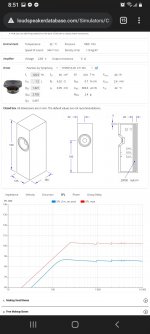
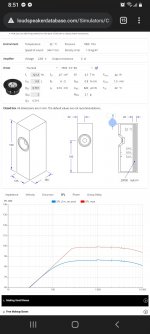
Anybody have any input here? I think sealed is a nice simple way to go, and I'm not equipped to do any simulations on my own. I'm not opposed to a vented box with a simple port cut in, or a section of PVC pipe for an internal port. Maybe add a baffle inside and make a bootleg uFonken out of them?
I have a pair each of TC9FD19-08, and Fountek FE85 on hand that I can use, and have some relatively nice little cigar boxes that I was planning to use to make a couple super simple, easy bookshelf types of speakers that wont hurt my feelings if they fall over or get covered in dust. I ran a couple simulations on the speaker DB site simply because it took only a few minutes, and it looks like sealed may not be terrible, even if I am not likely to get any low bass from them- which is perfectly fine for the intended use. Cigar boxes internal dimensions are 5.5 x 4.25 x 7.125" and volume comes out to .0964 cubic feet. Walls are about 5mm. I figure that these will not be super strong, but I can add some braces and they will never need to play very loud.


Here's a quick Speaker DB sim for each in a sealed box they look like some stuffing and back wall lining may be enough to make these servicable. The TC9FD looks to have a better response off the bat, but I almost want to use the FE85 for this project just to use them up, and maybe since the round frame may look a little less janky from a front mount perspective, just for the sake of easy assembly. Also thinking of saving the TC9's for a set of Nola Brio clones in hardwood 🙂


Anybody have any input here? I think sealed is a nice simple way to go, and I'm not equipped to do any simulations on my own. I'm not opposed to a vented box with a simple port cut in, or a section of PVC pipe for an internal port. Maybe add a baffle inside and make a bootleg uFonken out of them?
